By Ian Gosling, DCS Chair
There were three distinct phases in the provision of Workhouses in Dorchester.
THE ELIZABETHAN AND JACOBEAN PERIOD.
The Elizabethan Poor Law of 1601 confirmed earlier practices by creating a system of relief of the poor administered at Parish level, financed by levying a Poor Rate on local residents. For those too elderly or ill to work the relief took the form of food or clothing. Able-bodied beggars who refused to work were to be placed in “Houses of Correction” or beaten. The system was administered by Overseers of the Poor who knew the inhabitants of their Parish and could distinguish between the deserving and undeserving poor.
Each County was required to set up its “House of Correction”. In Dorchester this was situated in the same premises as the County Gaol.
There were also three Alms houses in the town financed entirely by private donors which housed the elderly poor. The Old Alms House, renamed Chubbs, after a major donor, housed ten elderly women and two new Alms Houses were founded, Nappers Mite (1615) for ten poor men, and Whetstones (1621) for married couples.
Dorchester was one of the first towns to set up a separate” Hospital “, initially to house poor children, which is recorded as being founded in 1616 as the “hospital of the bailiffs and burgesses of the Borough of Dorchester.”
It was built between South Street and South Back Street (now called Trinity Street), probably on the site now occupied by the two Nat West Bank buildings, to accommodate 50 poor children up to the age of 21 to “apprentice them to some lawful trade, mystery or manual occupation”. Most of them were trained for employment in the cloth industry, the town’s major occupation at the time.
A brewhouse was built next to the Workhouse to generate profits to finance both the Hospital and other charitable causes. It rapidly became the biggest commercial operation in the town and its profits were also used to pay for road and other infrastructure repairs.
A public Fuel House was added on the site to provide wood to the poor during harsh winters.
These charitable activities suffered greatly during the Civil War (1642-51), the Royalist uprising in Wiltshire in 1655, and the immediate postwar years. The Hospital ceased its operation during the conflict and poor children roamed the streets. It appears to have reopened only in 1659.
From 1660 onwards the Hospital was increasingly used to train adults as well as children. By 1693 the Municipal Brewery had collapsed and in 1725 and it was noted in the municipal records that the Workhouse (as the Hospital was now called) had been “for many years…. disused, and are now very much out of repair”.
THE GEORGIAN PERIOD, 1735-1825.
In 1745 a new Workhouse was built at the junction of South Street and South Back Street, on the site now occupied by the coffee house, yoga club and adjacent shops. The salient external feature of the new institution was the public clock (Photo I) which was rehung outside Nappers Mite when the Workhouse was closed at the end of 1823.
A Parliamentary Report of 1777 recorded Parish Workhouses in Dorchester, Holy Trinity Parish, for up to 80 occupants and in Fordington for 20 occupants.
By the 1830s there was also a Workhouse in Charminster situated immediately west of the churchyard on what is now West Hill.
The cost of setting up and maintaining the Workhouses continued to be paid by the Poor Rate and the average annual expenditure during the period 1833-1835 was £7041.
I recently purchased at a local auction an 18th century pewter platter marked “HOSPITAL” (Photo II); it may well have been used in the Dorchester Workhouse.
THE PERIOD FROM THE POOR LAW OF 1834 TO THE NATIONAL ASSISTANCE ACT OF 1946.
A national Poor Law was voted in 1834. As required by this law, the Dorchester Poor Law Union was formed on 2nd January 1836, overseen by an elected Board of 43 Guardians representing 39 neighbouring Parishes including Dorchester All Saints, Dorchester Holy Trinity, Dorchester St Peters’, Fordington, Charminster and neighbouring Parishes.
In the 1831 census had shown that the population in the area now included in the Union totalled 14,048, including 3033 souls in the combined parishes of Dorchester and Fordington.
The new Dorchester Union Workhouse was built on Damers Road, on part of the present hospital site, and opened in 1836. The architect was George Wilkinson who was specialised in the design and construction of the Workhouses which were required under the Act and who built some two dozen such buildings throughout the United Kingdom. The building had a cruciform form, consisted of three parallel blocks linked in the middle by a transversal wing with four distinct courtyards between them. Only the frontal block, with a fine East façade of two storeys, each with a range of nine sash windows, now remains. In addition, a chapel, complete with a spirelet, and a porter’s cottage which were added in 1870 also survive (Photos III, IV and V).
Displayed in the County Museum is a mid-19th century wooden platter and wooden spoon (Photo VII) which may have been used in the new Workhouse.
In the 1930s the Workhouse housed Dorset Public Assistance and then it became Damers Hospital in 1948 when the National Assistance Act entered into effect.
I.F.B.G. 31.8.2023
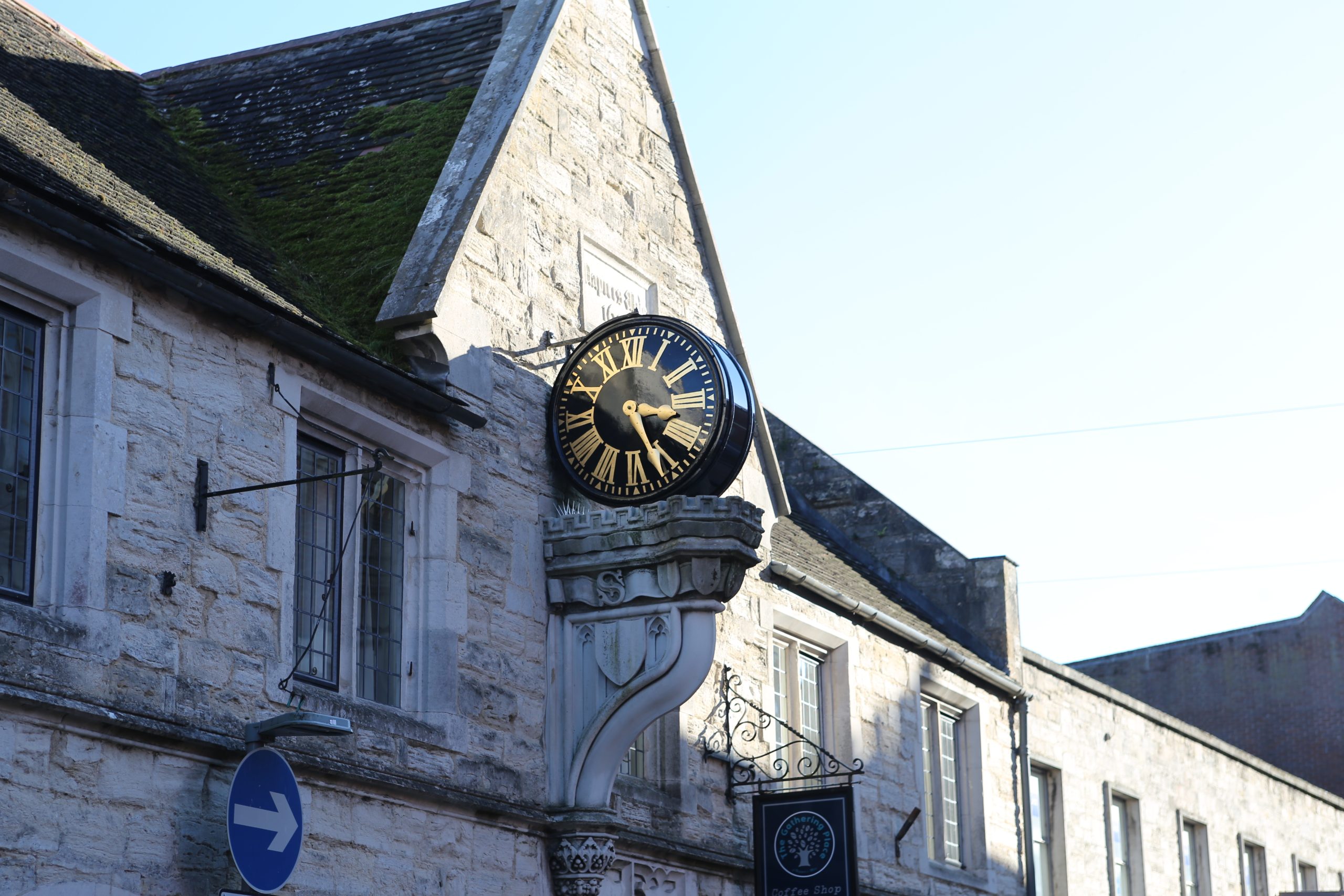
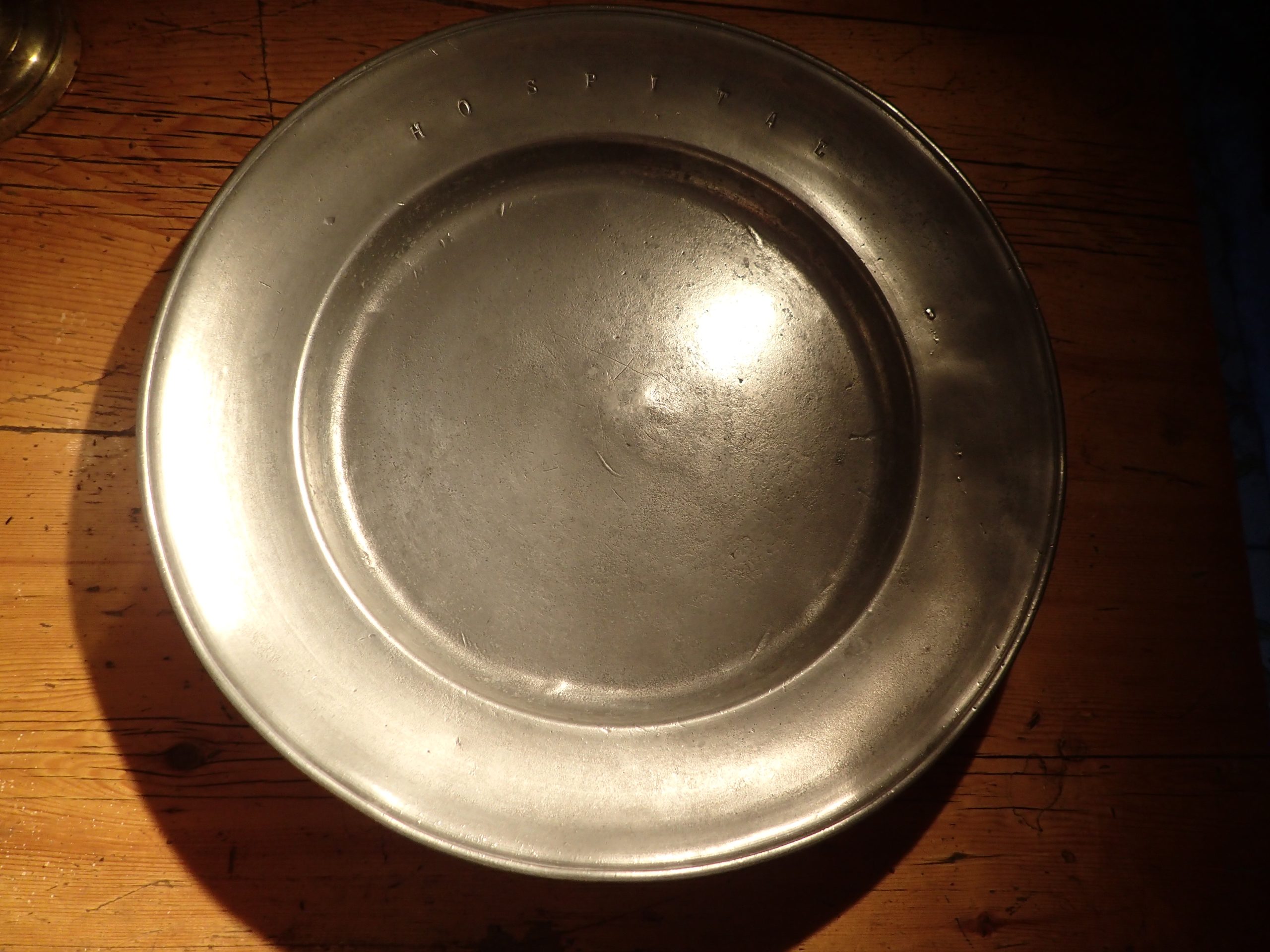
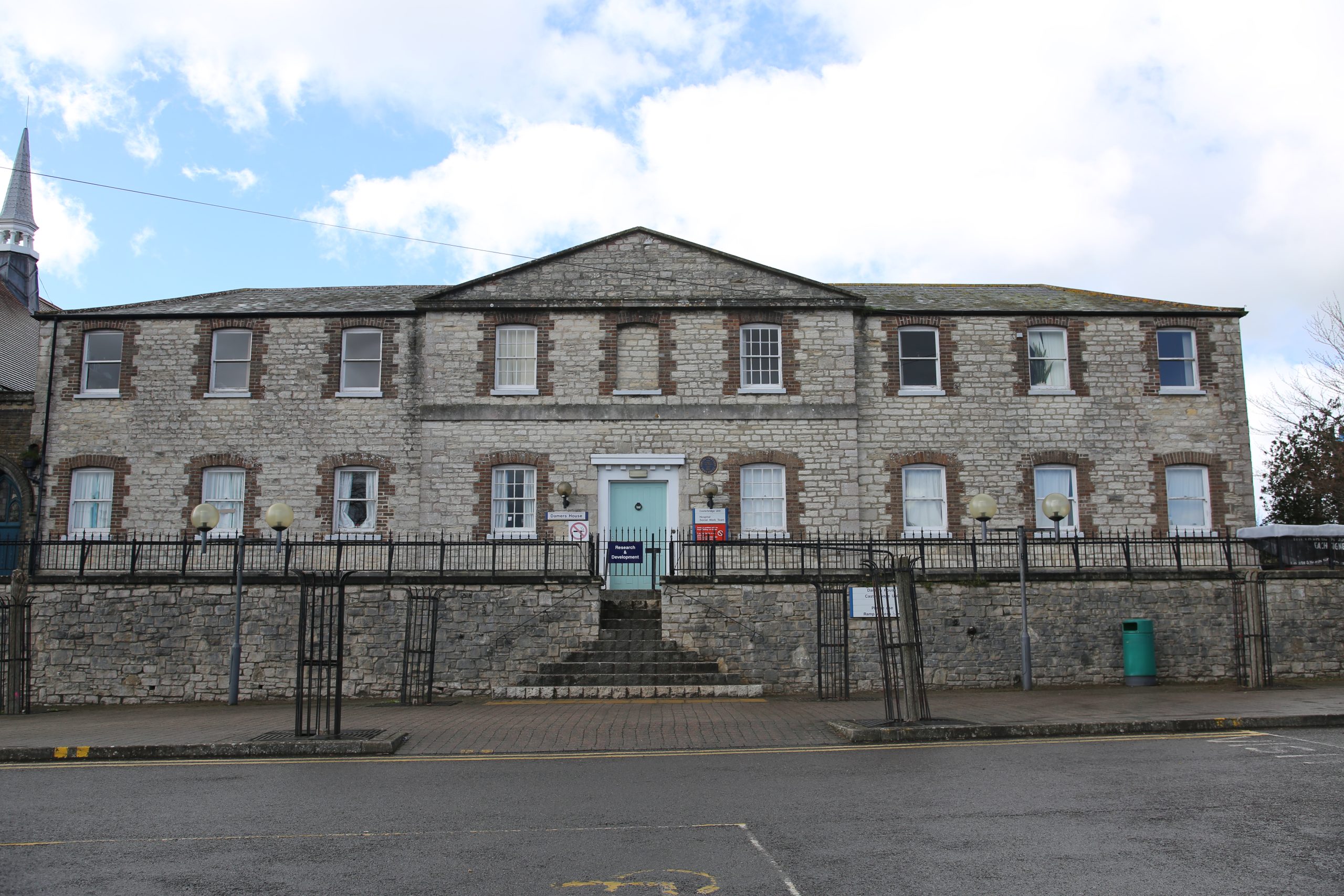
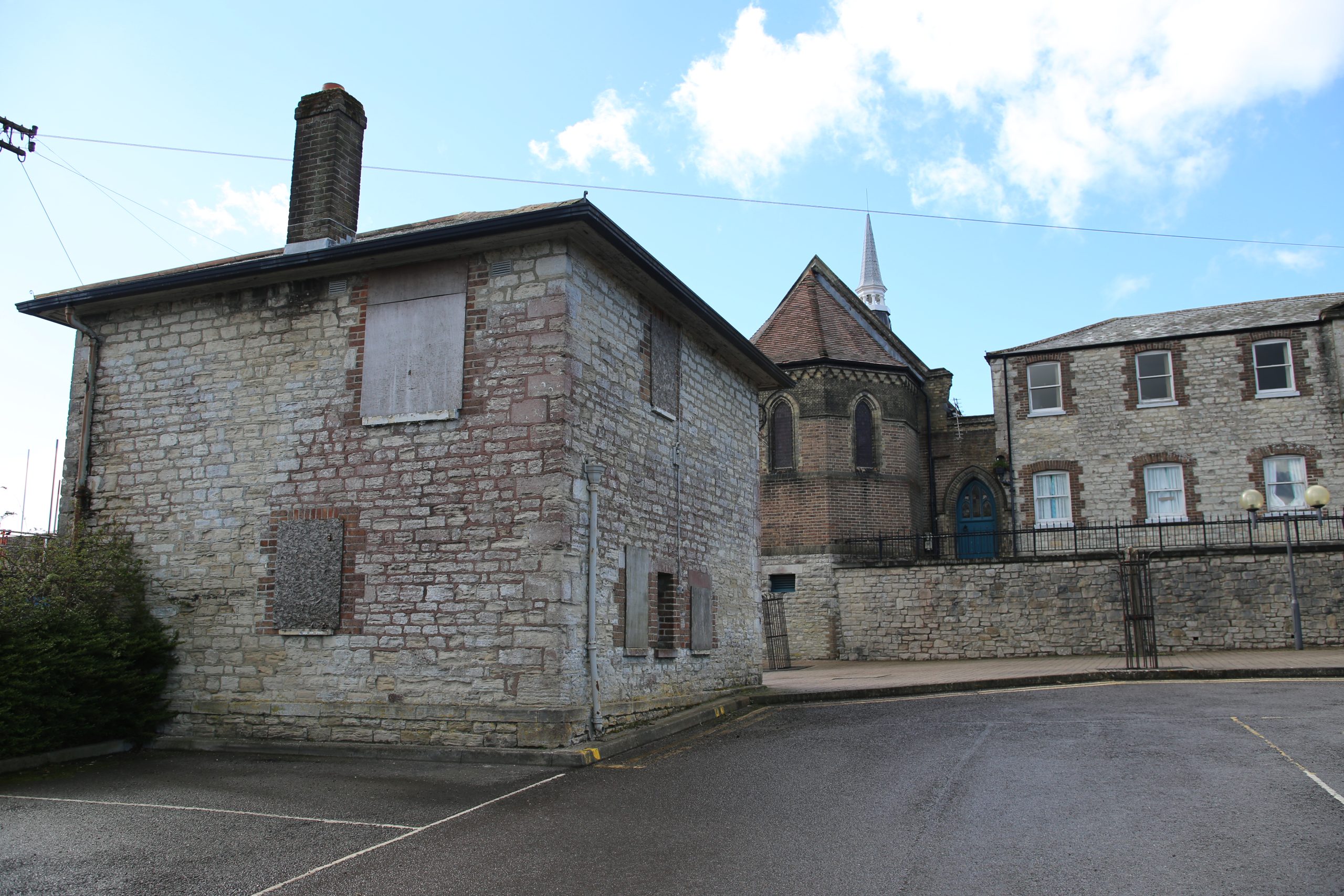
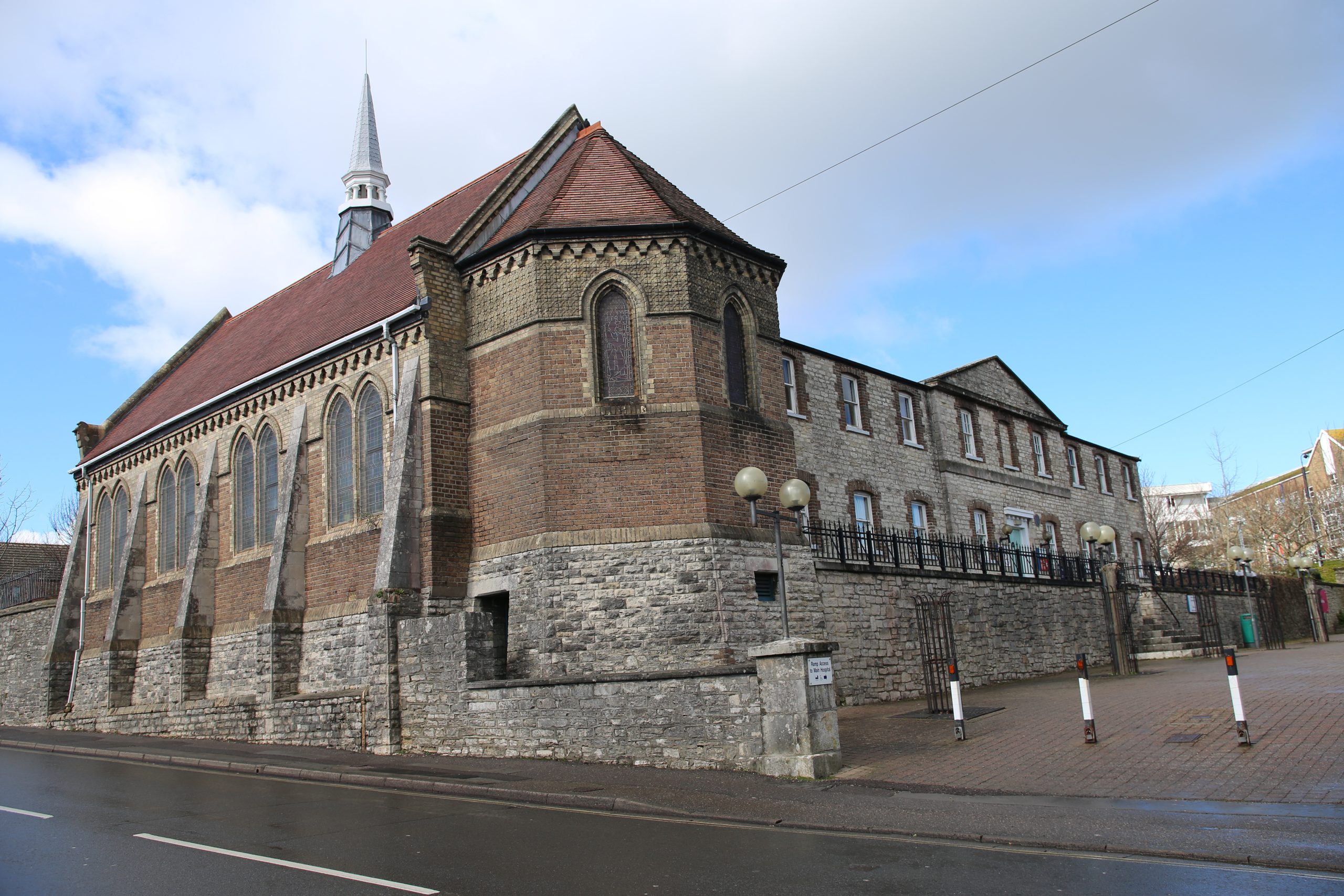
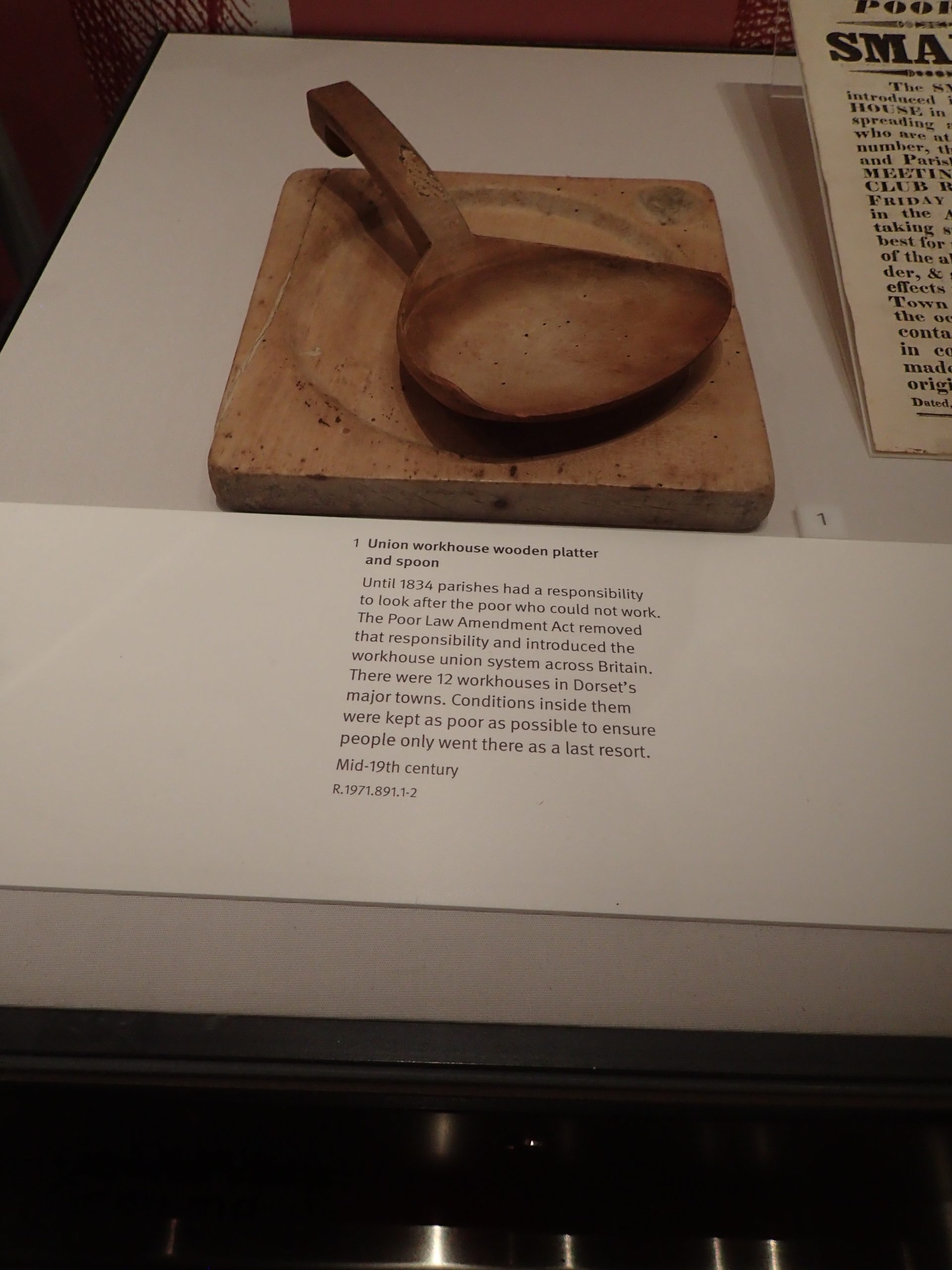
Recent Comments